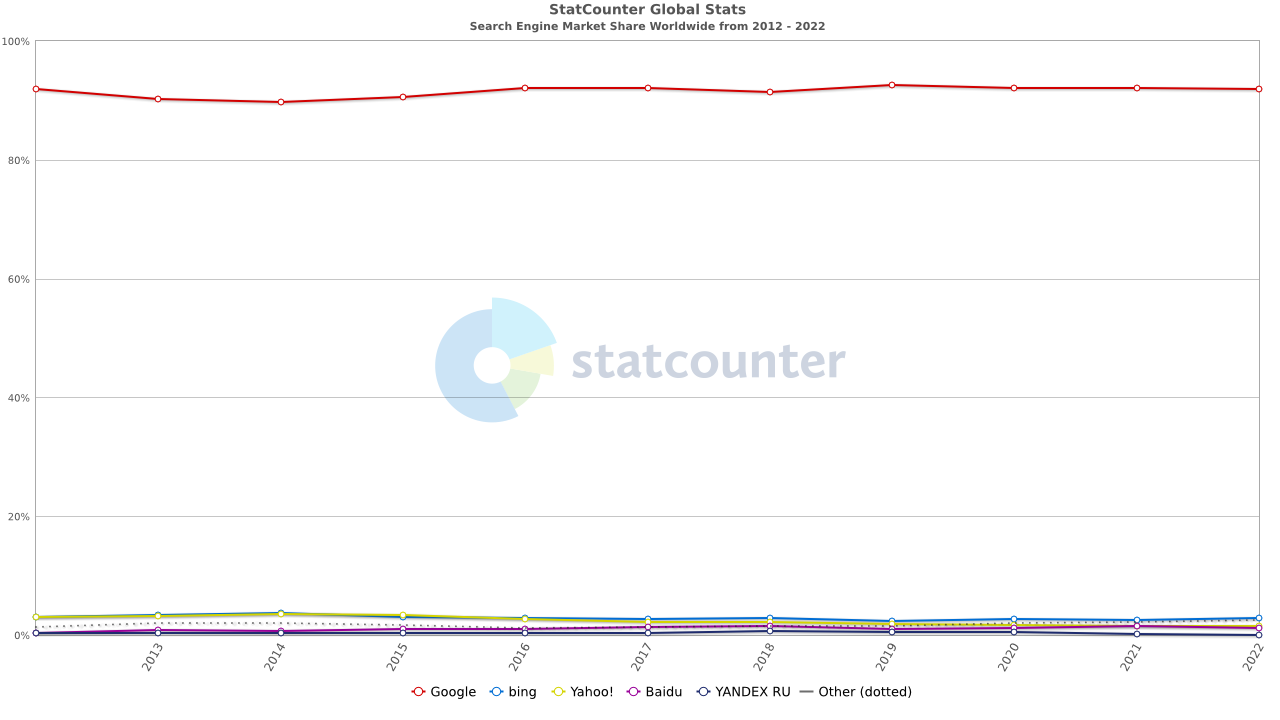The latest episode in Deepcrawl’s ongoing webinar series unpicks the cost-effectiveness of SEO in the current marketing landscape.
Last week, we were joined by Oren Greenberg, growth advisor and former head of search at Wonga. Greenberg’s conversation with our own Chief Customer Officer, Alex Schaefer, covered the value of search throughout the sales funnel, how SEO integrates with other marketing and sales channels and teams, and how improved communication with the C-suite (paired with a thorough understanding of attribution) is the best way forward for SEOs in 2022.
As usual, the full webinar (including the Q&A) is available in the video above—or you can read on below for our key takeaways!
State of the (digital) nation
It is no secret that digital activities – from e-commerce, to video conferencing, to online banking – have all seen massive accelerated growth in the past two years. As a result, businesses of all sizes have increased their digital efforts.
When thinking about the importance of SEO in all of this, Greenberg points to two key attributes of search. These aspects of search have been established since well before the arrival of covid-19, but they matter now more than ever.
The first attribute? Search is massive.
“The first port of call, for any journey, for the majority of human beings… is going to be Google,” Greenberg says.

Image: Graph showing the dominance of Google as the most-used platform in the search engine landscape, per StatCounter.
Greenberg continued: “The other aspect of [search] is the granularity. If you’re an e-commerce site and have thousands and thousands of products, you have thousands and thousands of micro-opportunities to gather attention [through search]…That doesn’t occur on a lot of other channels.”
In short, search is popular. And by virtue of its popularity, there are potentially a huge number of ways to reach a huge number of people inputting a huge number of queries into the search engines.
But users are not only starting their journeys with search. With so much activity occurring online today, Google is often a touchpoint later on in the funnel as well, in addition to being the go-to initial step in most people’s customer journey.
“The customer’s journey is not linear,” Greenberg says, “It’s actually incredibly circular. People don’t just type in one query and necessarily convert, they type in multiple queries over time. The bigger the purchase and more complex the purchase, the more touchpoints.”
“Then your content is actually like a salesperson,” he continues, “It’s leveraging and building the relationship with your prospect – educating and supporting them. But really the strategy only works if you own all those touchpoints.”
Consumers are now spending so much of their time in digital contexts that SEOs not only have the means to grab their attention when they input that first query, they also have a massive opportunity to create content that serves them further along the funnel – ranking for long-tail keyphrases and building brand affinity through search at various stages in the journey.
How to successfully implement SEO as a cost-effective marketing channel
According to Greenberg, the way SEO works alongside other marketing channels can vary a lot from business to business. He points to organic search and paid search working together to amplify visibility in the SERPs. He also highlights how things like television ads can often provide boosts to branded search term use.
On the other side of this, Greenberg gives an example of when brands have cut back on paid advertising (in this case, paid social) when organic search is seen to be doing well but have received unexpected results. Removing social ads can sometimes lead to a big drop in branded search traffic, if the paid social ads were playing a big role in driving traffic at the top of the funnel, with Google searches working as a later touchpoint prior to purchase. Understanding which marketing channels are currently driving your traffic (and at what point in the funnel) can help your team ensure it is pulling the correct levers to reach an optimal distribution of your marketing spend.
“Some businesses have a huge volume of non-brand traffic available,” Greenberg says, “Other businesses that are more niche don’t have as much organic search, so it becomes more of a support mechanism for other channels that are driving that awareness.”
On the subject of integrating SEO into your wider marketing and business strategies, there is also the matter of SEOs aligning and working with other teams and other levels of the business. A lot of SEO success today depends on getting buy-in from the C-suite and making sure developers, designers, and other marketing teams are on the same page regarding the importance of SEO in reaching wider goals.
“The biggest challenge SEOs have is they speak in tech speak,” Greenberg says. “You’ve got to learn the commercial language that CMOs speak on the boards: revenues, pipeline…”
If this communication isn’t happening, it can be a big problem for SEO. The cross-team alignment won’t be there and the C-suite won’t be able to see the benefit of search in an attribution sense. This means decision-makers may be less inclined to give the channel the investment it needs to thrive.
Greenberg also points to another challenge with SEO: it is functionally a hybrid of a lot of different skill sets: front end, back end, design, content, growth marketing, and more. This can pose another problem for board members who don’t have a full understanding of the complexity and interdependencies at play within the discipline.
Here, again, creating an open dialogue with stakeholders that avoids jargon/tech speak and presents the value of SEO in commercial terms will go a long way in promoting this understanding at all levels of the business.
Communicating the benefits of SEO
When it comes to communicating the value of SEO in a CEO-friendly way, Greenberg recommends separating the benefits into three strands:
- I’m driving traffic and it converts immediately.
- I’m driving traffic and capturing it to nurture conversions in the future.
- How is it impacting my brand and my brand perception?
Greenberg urges SEOs to find the overlap of the above items with two strategic pillars of thinking that the C-suite has top-of-mind: market share and revenue targets.
In search, for example, market share is indicated very strongly by the number of keywords your brand is ranking for relative to the visibility of your competitors.
Of course, as Greenberg points out, your competitors in the SERPs aren’t necessarily just those operating within your industry or sector. But it is critical to communicate that failing to compete in the search context will see similar brands and other big sites such as Wikipedia beating you in the rankings and capturing traffic opportunities that your business may be missing out on.
Greenberg’s closing strategy to communicate the benefit of SEO to the C-suite is to simplify attribution.
This starts with having a solid data-driven attribution model in place so you have the best understanding of how your brand’s channels are working yourself. From there, SEOs will be better able to show how search impacts all other channels in an ROI sense, even if it is not the first or last click touchpoint for a consumer.
For more deep insights from the Deepcrawl webinar series, check out our full library of on-demand SEO webinars.



